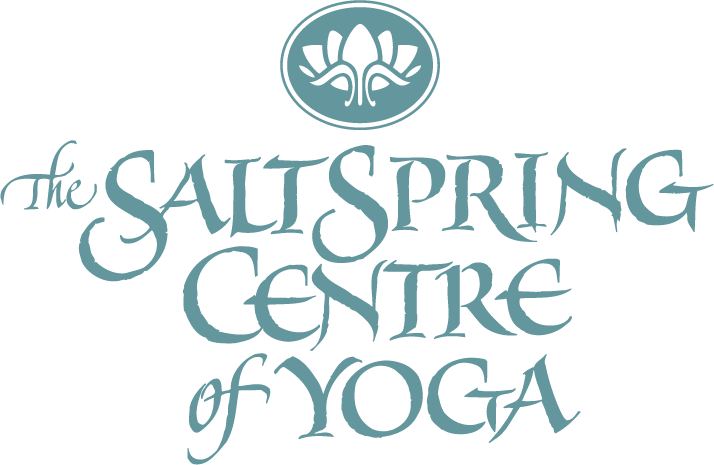Exercising your True Nature
As the sky clears and the weather warms, the spring flowers burst out in all their colorful glory. And we all feel the pull to spend more time outdoors. With that urge may come the desire to get back into an exercise routine. Our body yearns for more movement, whether outside, on the yoga mat or at the gym!
Ayurveda teaches us that along with different diets for different doshas, we can each benefit from an exercise routine that takes account of our basic constitutional nature. (If you are uncertain about your Ayurvedic body type, please refer to the article What’s my Type for more details.) Whether you are vata, pitta or kapha predominant, everyone’s body benefits from exercise, not only the movement we all experience in the course of everyday life, but the regular and systematic type that stretches and strengthens all the muscle groups of the body.
Regular exercise not only tones the muscles, but the internal organs as well. It strengthens the heart and lungs, increasing blood flow to the whole body. Along with drinking plenty of water, this assists the body to perform its regular detox routine. Following are some basic guidelines for each of the three body types. If you are dual-dosha predominant, try to find the balance between the your two predominant.
Exercise for our Vata Nature
Our vata nature tends toward spontaneity and variability, so to nurture its balance, we can choose an exercise that is slow and regular. Tai chi, walking, gentle yoga are all recommended. Aerobics or fast walking that will aim to build up a sweat can also benefit vata dosha; vatas tend to be cold, so generating heat helps to balance our vata nature. Running and jogging are not recommended for vata, as they put pressure on the joints, which are often an area of weakness for vatas. In your enthusiastic zeal, remember to push the body only gently, avoiding the pain zone.
A leisurely salutation series (sun or moon) in the warm spring air would be about perfect! Following the salutations, a few balancing poses plus a long restorative shavasana (relaxation pose) could complete your practice. Staying warm is important so be sure to cover yourself for the relaxation practice.
Sustaining a regular practice is a challenge for vata, so try for a routine that you can do every day. Try for at least 20-30 minutes on a daily basis to help vata stay healthy and well balanced. And always listen to your body, heeding the signals to slow down and pace yourself.
Exercise for our Pitta Nature
Our pitta nature tends to want to push itself, exploring the margins of how far, how fast! This works best when we balance that with the wisdom of when to back off! Swimming, yoga and walking are all recommended exercise forms for pitta. If you enjoy running, make sure to only run in the cool of early morning or evening.
Salutation series are also suitable for pitta, but limit the number of repetitions to 75% of your capacity. Pushing too far will overheat the body, resulting in increased pitta rather than the balance we’re aiming for. Spinal twists that put pressure on the seat of pitta in the abdomen are recommended, as are forward bending poses that develop an attitude of surrender.
Pitta is the heat-generating factor in the body, so be sure to avoid exercise that overheats the body. Also be sure to include a cool-down period when you have finished your exercise routine. Drinking plenty of water during exercise periods will keep our pitta nature cool. And remember, no pushing!
Exercise for our Kapha Nature
Those of kapha nature tend to avoid exercise. They prefer more sedentary activities, like watching TV or chatting in a cafe. And yet the kapha body type is designed for exercise! Kaphas tend to be physically strong, with good endurance. It’s really their motivation that needs a push!
Kaphas’ metabolism tends to be slower than other body types, so building heat is actually a benefit. Fast walking, vigorous sun or moon salutations, anything that gets the blood pumping and the heart rate up will help keep our kapha balanced. Back bending and standing yoga poses are especially suitable for our kapha nature.
A regular running practice would also be appropriate; kapha joints tend to be well muscled and also well lubricated so they are better able to withstand the repeated impact of running and jogging. Workouts that produce a sweat will help keep kapha’s metabolism burning strong.
The best advice for kaphas is simply to just do it! Just get out there and get moving. If you need to start small, okay, but make a commitment to regular exercise and keep at it. The benefits are life-long!
And in fact that is true for all of us! Make the commitment to regular exercise and just do it! Whether its gentle stretching yoga postures, a quiet walk in nature, a weekly trip to the gym, or dancing to some favorite tunes in your living room, we can all benefit from adding movement to our life!

Pratibha Queen is a yoga instructor and Ayurvedic practitioner, who attends Salt Spring Center of Yoga retreats on a regular basis. Feel free to email with any questions that arise as you engage in health practices to support your yoga practice: pratibha.que@gmail.com.
